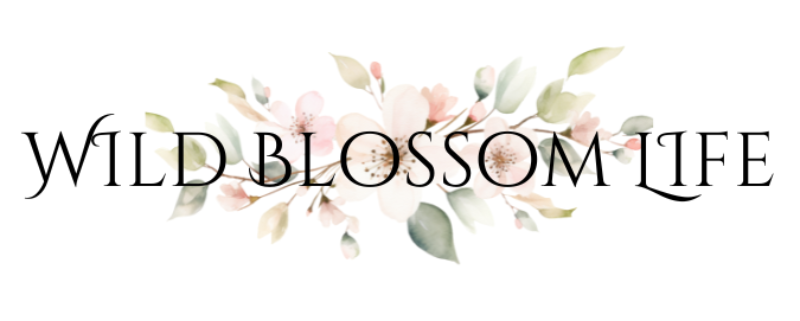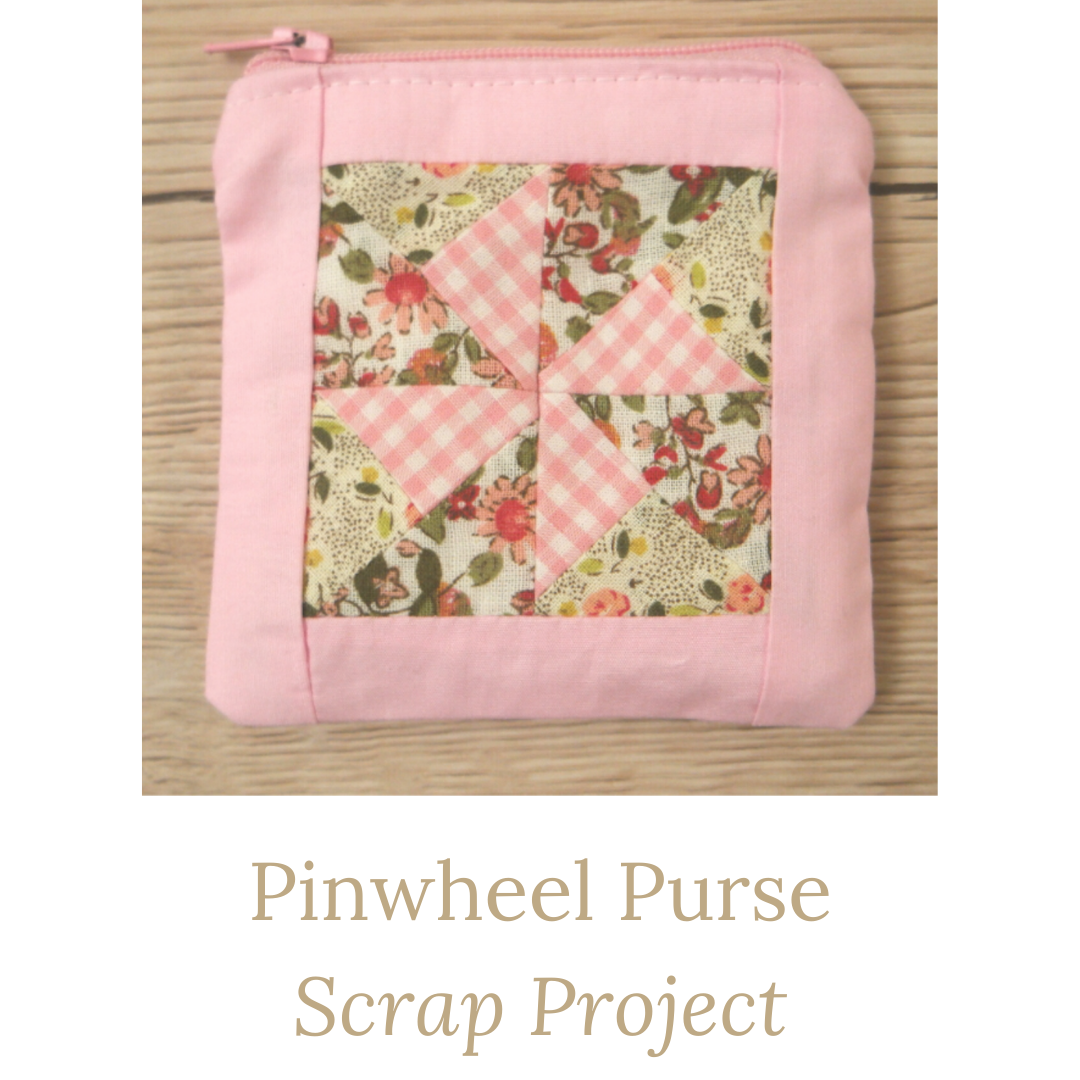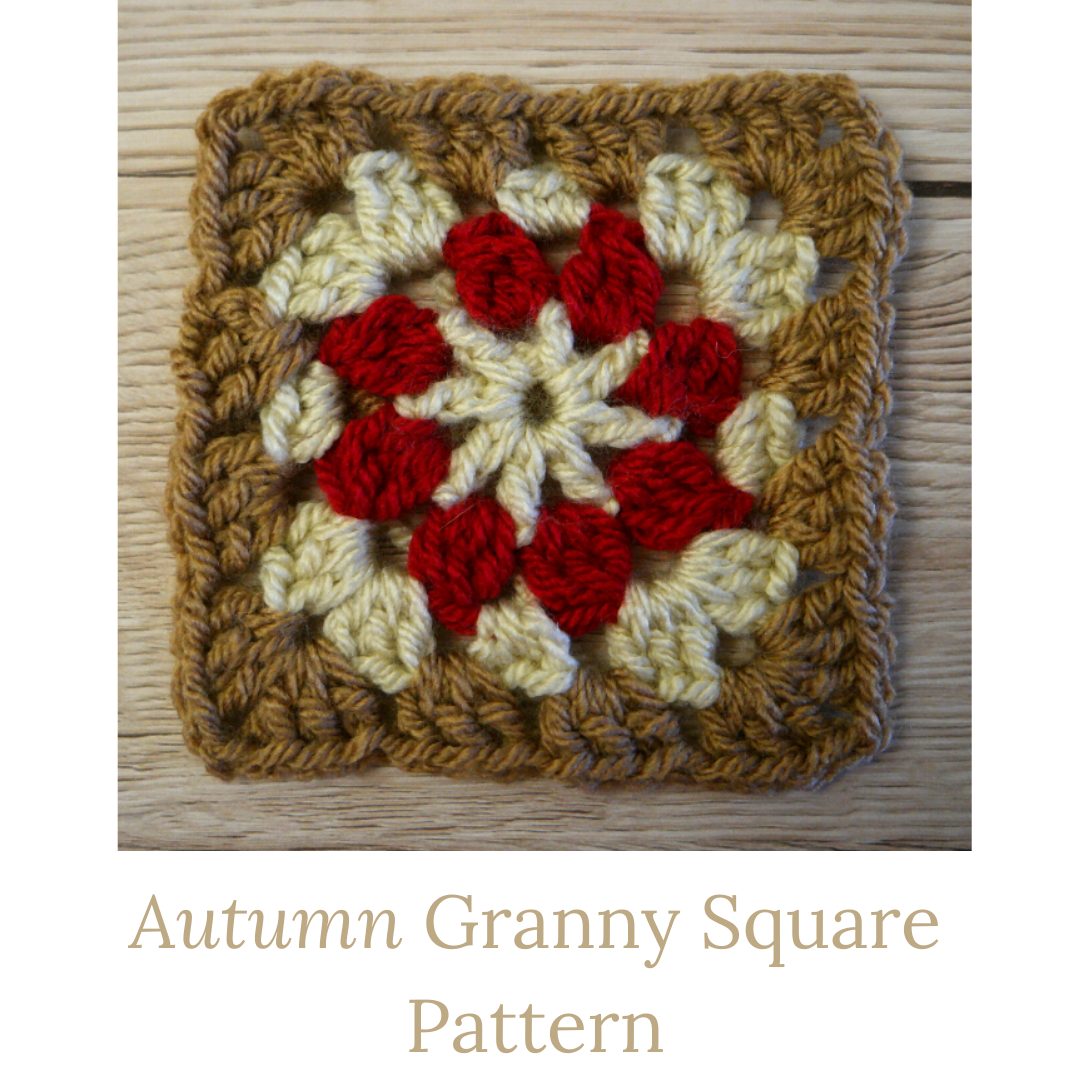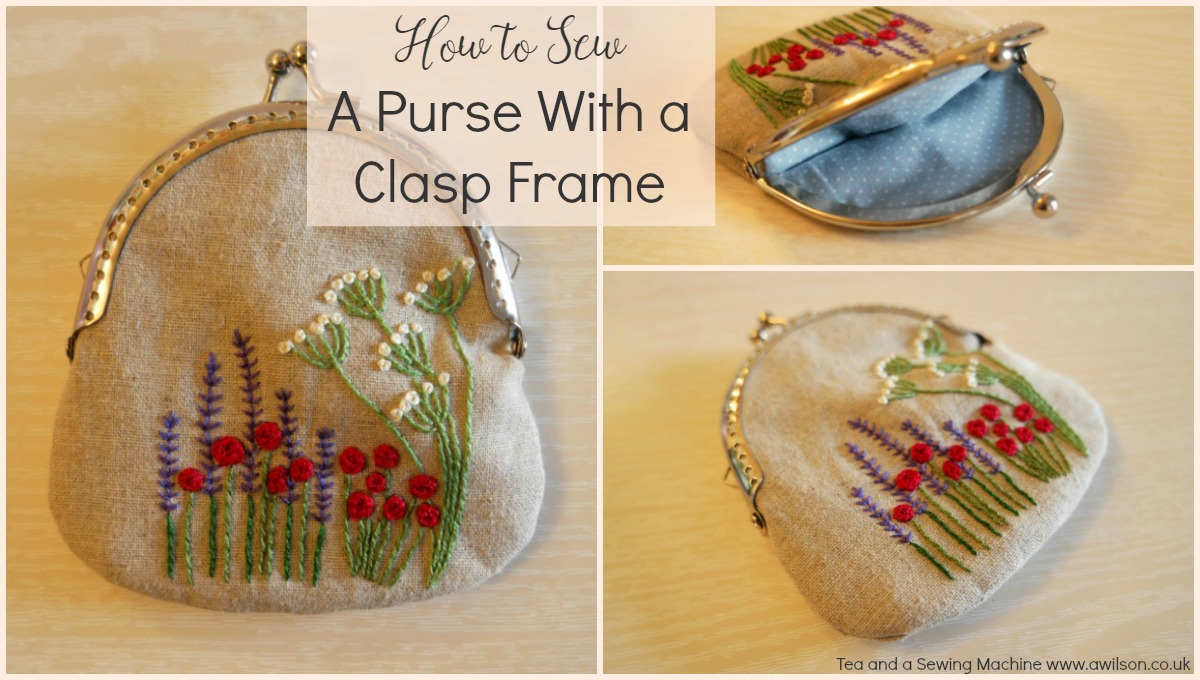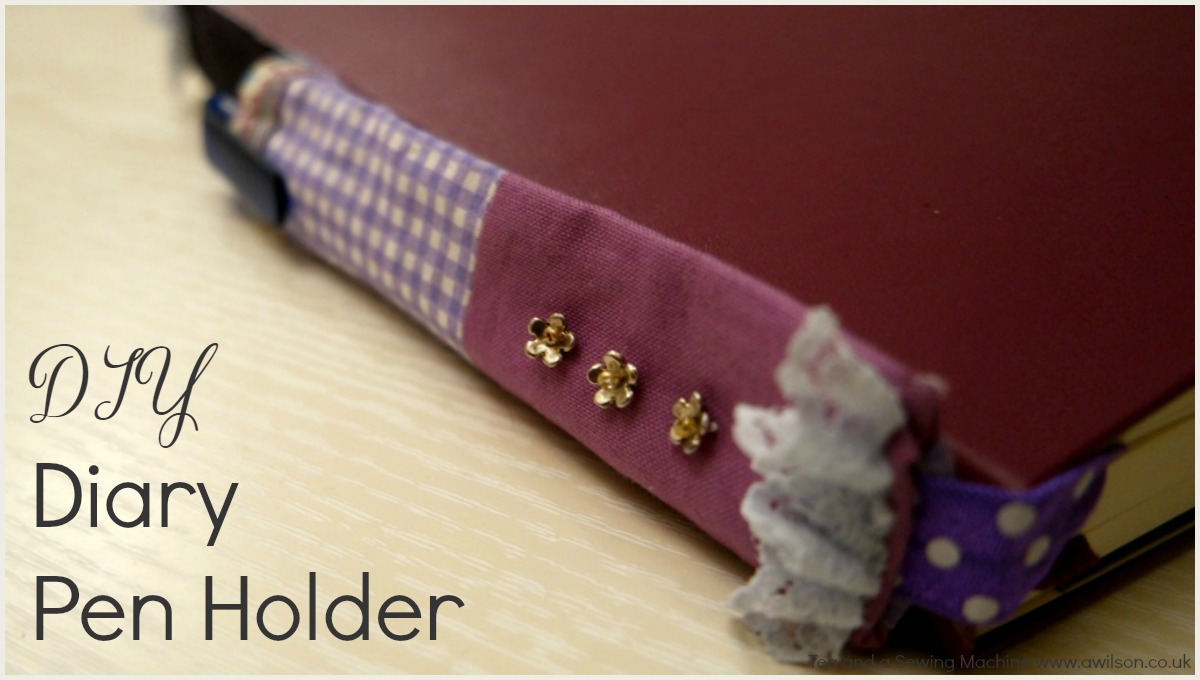How to Make Lavender Bags
This post contains affiliate links. For those of you who have been following along for a while, it will probably come as no surprise if I tell you that my garden is a crazy mess. It’s a sunny little spot, and only the size of a postage stamp….
